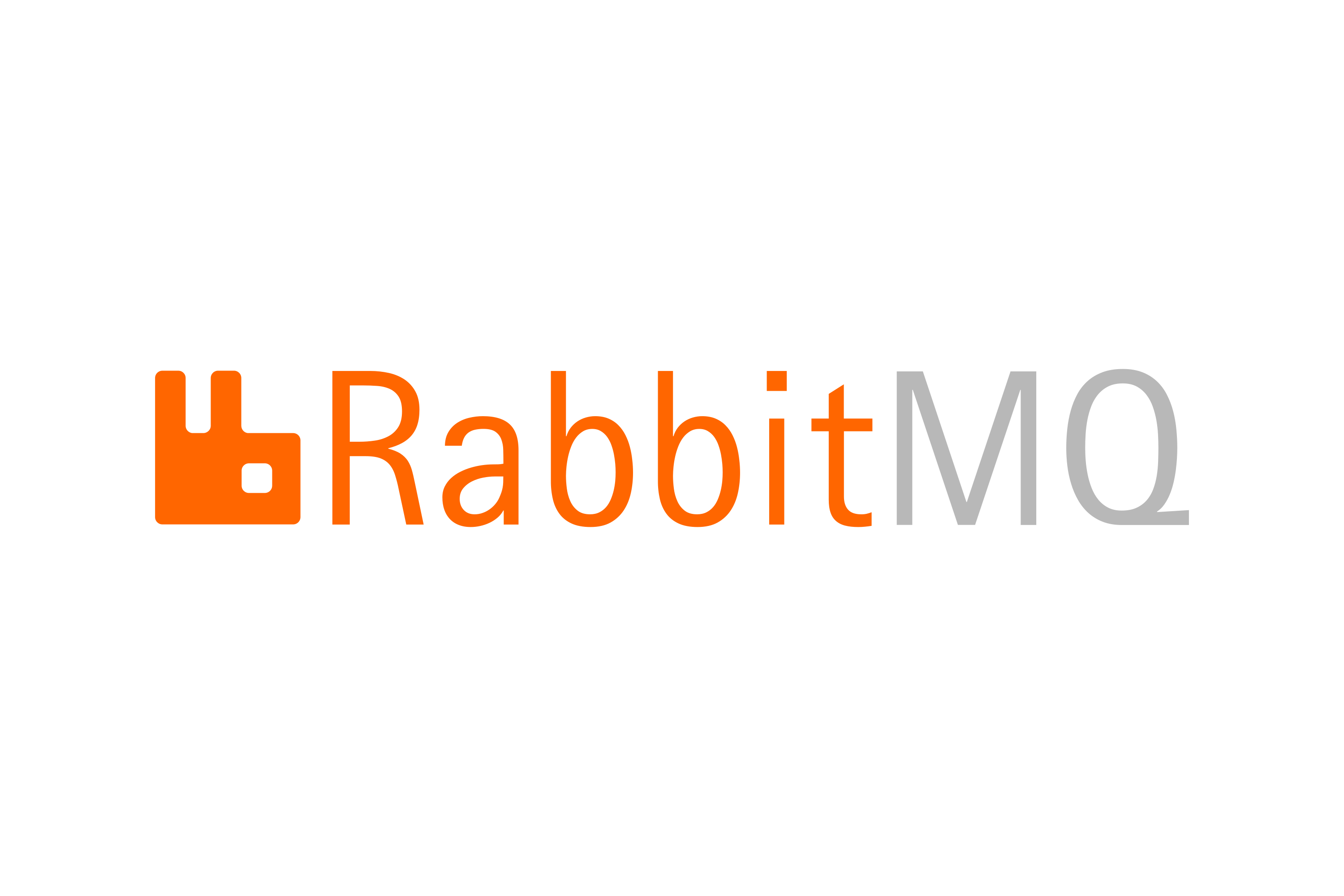Scalability and Performance Optimization with RabbitMQ
Learn how RabbitMQ, an open-source message broker, enables scalable applications and optimizes performance. Explore features like message queues, publish-subscribe pattern, and message routing for better scalability. Follow best practices and monitoring to enhance performance.

Introduction
Scalability and performance optimization are critical aspects of modern software development. As applications grow and user bases expand, it becomes essential to have robust systems in place to handle increased traffic and deliver a smooth user experience. In this blog post, we will explore how RabbitMQ, a popular message broker, can help you achieve scalability and optimize the performance of your applications.
What is RabbitMQ?
RabbitMQ is an open-source message broker that implements the Advanced Message Queuing Protocol (AMQP). It acts as a mediator between producers and consumers of messages, enabling applications to communicate and exchange data in a distributed system.
RabbitMQ provides a flexible messaging model that allows messages to be routed between different components of a system, decoupling the sender and receiver. This decoupling is vital for achieving scalability, as it enables components to be added or removed without affecting the overall system.
How RabbitMQ Enables Scalable Applications
RabbitMQ offers several features that contribute to the scalability of your applications:
1. Message Queues
Message queues play a crucial role in achieving scalability with RabbitMQ. They allow messages to be stored until they can be processed by the consumer. This ensures that producers can continue sending messages even if the consumer is not immediately available. The decoupling of producers and consumers allows for better load balancing and fault tolerance.
2. Publish-Subscribe Pattern
The publish-subscribe pattern in RabbitMQ enables one-to-many communication. Producers publish messages to a topic exchange, and consumers can subscribe to specific topics to receive relevant messages. This pattern is highly scalable as it allows messages to be distributed to multiple consumers, improving overall system performance.
3. Message Routing and Routing Keys
RabbitMQ provides various routing mechanisms to direct messages to specific queues and consumers. Routing keys allow messages to be selectively delivered to queues based on predefined criteria. This level of control over message routing enables efficient message distribution and helps optimize system performance.
Optimizing Performance with RabbitMQ
Alongside scalability, RabbitMQ offers several features that can help optimize the performance of your applications:
1. Reliable Delivery
RabbitMQ ensures reliable message delivery by persisting messages to disk and acknowledging successful processing. This guarantees that no messages are lost in case of system failures. The reliability of message delivery contributes to the overall resilience and performance of your applications.
2. Asynchronous Processing
RabbitMQ's asynchronous processing capabilities enable applications to handle high volumes of messages without blocking. Producers can continue to publish messages while consumers process them at their own pace. Asynchronous processing increases the throughput of your system and improves overall performance.
3. Back Pressure Support
RabbitMQ offers back pressure support, allowing consumers to control the rate at which messages are delivered. This is crucial for controlling the flow of messages and preventing overload in consumer systems. Back pressure support helps maintain a stable and high-performing system.
Best Practices for Scalability and Performance
When using RabbitMQ to achieve scalability and optimize performance, it's important to follow these best practices:
1. Proper Queue Design
Design your queues based on your application's requirements. Use separate queues for different types of messages to allow for better control and scalability. Consider factors such as message size, message processing time, and expected message rates when designing your queues.
2. Optimize Message Processing
Efficiently process messages in your consumers to reduce potential bottlenecks. Aim to minimize message processing time and resource usage. Use techniques like parallel processing, message batching, and implementing efficient algorithms to optimize performance.
3. Monitoring and Optimization
Monitor your RabbitMQ clusters and applications using appropriate monitoring tools. Keep track of important performance metrics such as message rates, queue sizes, and consumer processing times. Use this data to identify bottlenecks and optimize your system for better scalability and performance.
Conclusion
RabbitMQ is a powerful messaging broker that enables the scalability and performance optimization of your applications. By leveraging features such as message queues, the publish-subscribe pattern, and message routing, you can build highly scalable and decoupled systems. Additionally, RabbitMQ's reliable delivery, asynchronous processing, and back pressure support contribute to optimized performance. Following best practices and monitoring your system will further enhance scalability and performance. With RabbitMQ, you can build robust and high-performing applications that can handle increased traffic and deliver a seamless user experience.
Thanks for reading! We hope this blog post has provided valuable insights into using RabbitMQ for scalability and performance optimization. Stay tuned for more in-depth guides and tutorials on various topics in the future!